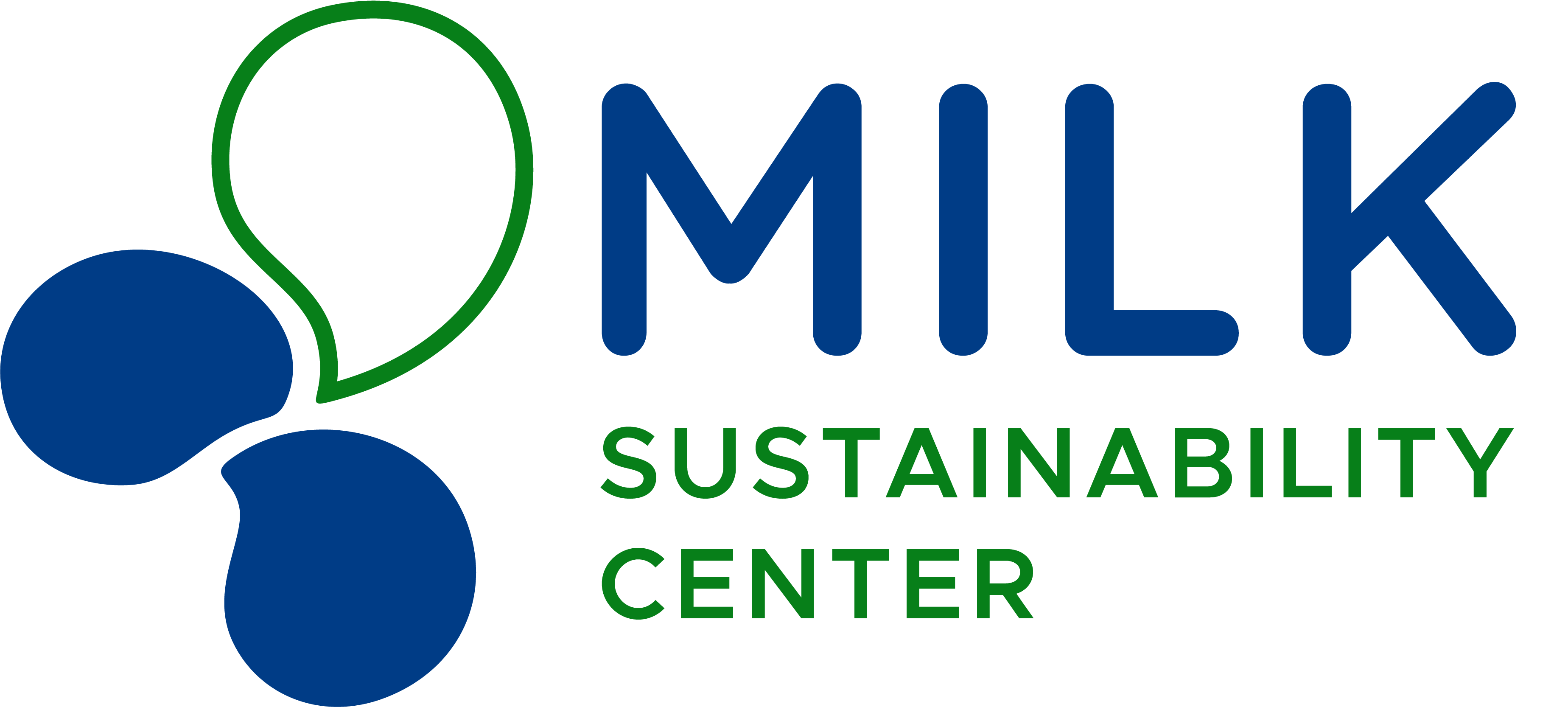Why should dairy farmers prioritize nutrient use efficiency?
Dairy farming poses environmental challenges in terms of greenhouse gas emissions and nutrient release, including nitrogen, phosphorus, and potassium. These are all critical elements for life, but too many nutrients are harmful for the environment, and inefficient use of these valuable resources has a direct impact on a farmer’s financial results. One crucial aspect of managing these nutrients effectively is optimizing nutrient use efficiency (NUE). In this article, we will explore why it is important to efficiently manage a farm’s nutrient cycle.
A quote from someone important, saying something important to know about.
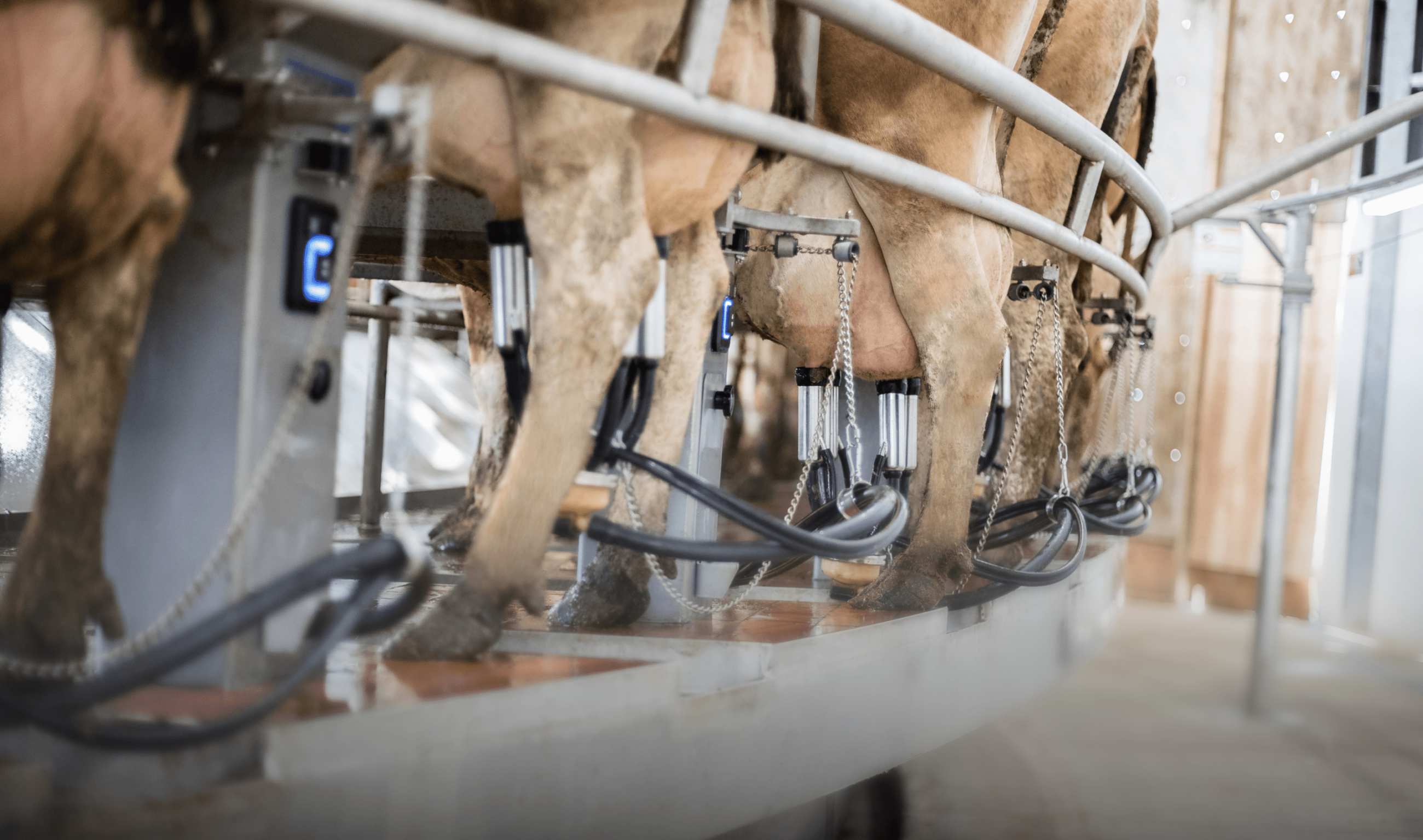
What is nutrient use efficiency in the farming world?
How efficiently nutrients are used on a farm is measured through NUE. This key performance indicator (KPI), akin to a performance scorecard, compares the amount of milk the farm produces to the quantity of nutrients it uses. This assessment encompasses everything on the farm, including the barn and fields. The goal is to use nutrients efficiently, which not only helps the farm produce more but also saves money for the farmer because production is optimized. When nutrients are used effectively providing the right elements for plant growth or animal health in the correct amounts and at the appropriate times – plants grow optimally, leading to higher yields at harvest and ensuring animals receive the necessary nutrients for growth, productivity, and overall health.
Why is this important for dairy farmers?
Dairy farming is under a lot of pressure when it comes to sustainability: consumer expectations for environmentally sustainable milk production and animal welfare are rising. Retailers and milk processors are introducing sustainability reporting and demanding improvements. Carbon credits are gaining importance, and regulations are becoming stricter. In this context, optimizing nutrient use efficiency emerges as a critical strategy for dairy farmers to enhance sustainability, mitigate environmental impact, and meet evolving market demands.
Why is this important for dairy farmers?
Dairy farming is under a lot of pressure when it comes to sustainability: consumer expectations for environmentally sustainable milk production and animal welfare are rising. Retailers and milk processors are introducing sustainability reporting and demanding improvements. Carbon credits are gaining importance, and regulations are becoming stricter. In this context, optimizing nutrient use efficiency emerges as a critical strategy for dairy farmers to enhance sustainability, mitigate environmental impact, and meet evolving market demands.
How do dairy farmers use nutrients?
It is important to measure the full farming cycle when improving NUE. Let’s look at when and how farmers generally use nutrients.
In the beginning of the growing season, the farmer will fertilize the plants. To do this efficiently, the farmer needs to know:
1) the nutrient content in the soil,
2) the nutrient need of the crop that will be grown, and
3) the nutrient content of the manure.
With this data, farmers can apply the precise amount of additional nutrients needed to the fields to achieve their goals. The crop will be ensiled/stored or fed directly to the cows after harvest. Some of the nutrients will leave the farm in the milk and meat output, while the unused portion will exit the cow’s body in urine and feces, which combined form manure. Manure is rich in nutrients and includes other trace elements necessary for crop growth. The nutrient cycle begins anew once the manure is used to fertilize the fields for the next crop.
What is not used by the plants to grow may remain in the soil, be lost to the atmosphere as greenhouse gases, or be lost to water bodies which may cause eutrophication.
In the barn, incorrect nutrient values in feed may lead to hoof or leg problems, as well as difficulties at the next calving. A poor effluence management may cause other illnesses such as mastitis. Poor animal welfare means less milk produced.
Another challenge in the barn is ammonium. Ammonium in the atmosphere is a precursor to several greenhouse gases and forms particulate matter which is a possible health concern. The storage of manure before application to the fields needs to be managed properly as it otherwise could contaminate land and water as well as create greenhouse gases. Therefore, manure and nutrient management is essential for dairy farmers, as it has a direct impact on animal welfare, sustainability, and the profitability of the farm.
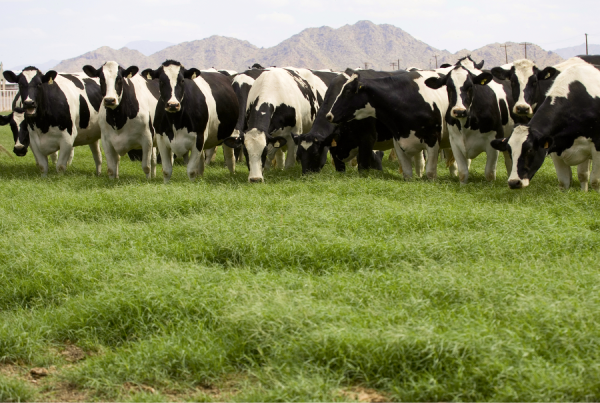
How can farmers better use nutrients in their day-to-day operations?
Many new products and technologies aimed at supporting farmers in improving nutrient management have been gaining popularity. Management tools have been created to gather field information (nutrient levels and organic matter), application records (manure and inorganic fertiliser) and yield information (tonnes, bushels, and feed quality metrics).
While in the field, variable rate technology ensures the optimal hybrid population is planted and manages the volume of manure and fertiliser. This ensures that they are applied precisely where needed to meet the targeted yield. Applying too much would result in waste, while applying too little could affect future feed quantity or quality.
Once forages have been ensiled, there are management tools available to optimise both homegrown and purchased feed components. These tools help create optimised rations, where each component is accurately measured to match the nutritionist’s plans for the targeted animals. The batches are then precisely fed to each pen, and this information is tracked for future reference.
Finally, systems exist to monitor individual cow and herd milking performance which can track the nutrient flows that supported each kilo of milk to understand the flow throughout the system and any impact to herd health.
This yearly cycle not only helps farmers to create records and understand what has happened in the past, but also allows farmers, agronomists, and nutritionists to conduct tests on their farm environment to gain insights into new or modified practices they may want to implement to support continuous improvement.
To summarise, more efficient management of nutrients on a farm will lower both the impact on the environment and the farmers’ cost.

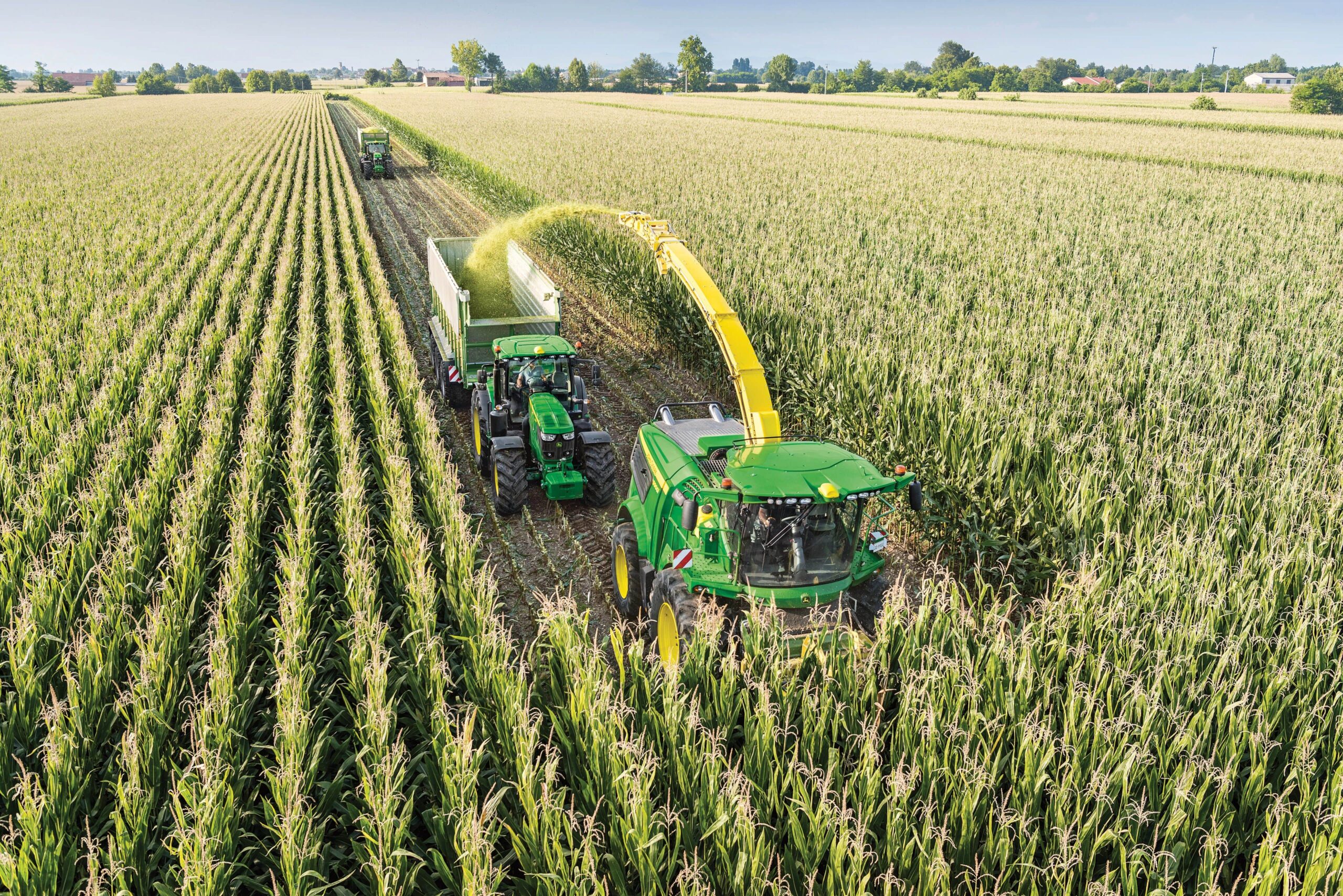

Heading 4
Lorem ipsum dolor sit amet consectetur. Aenean ut enim volutpat facilisis ut ornare aliquet. Porta lectus laoreet venenatis pellentesque dapibus porttitor lorem diam. Orci odio ultrices aliquet enim sagittis aliquet felis blandit. Tortor eget amet sit tincidunt senectus sed.
Lorem ipsum dolor sitamet consectetur. Aenean ut enim volutpat facilisis ut ornare aliquet. Porta lectus laoreet venenatis pellentesque dapibus porttitor lorem diam. Orci odio ultrices aliquet enim sagittis aliquet felis blandit. Tortor eget amet sit tincidunt senectus sed.
Latest Milk Sustainability Center blogs

Future profitable dairy farming: get smart, go digital, be sustainable
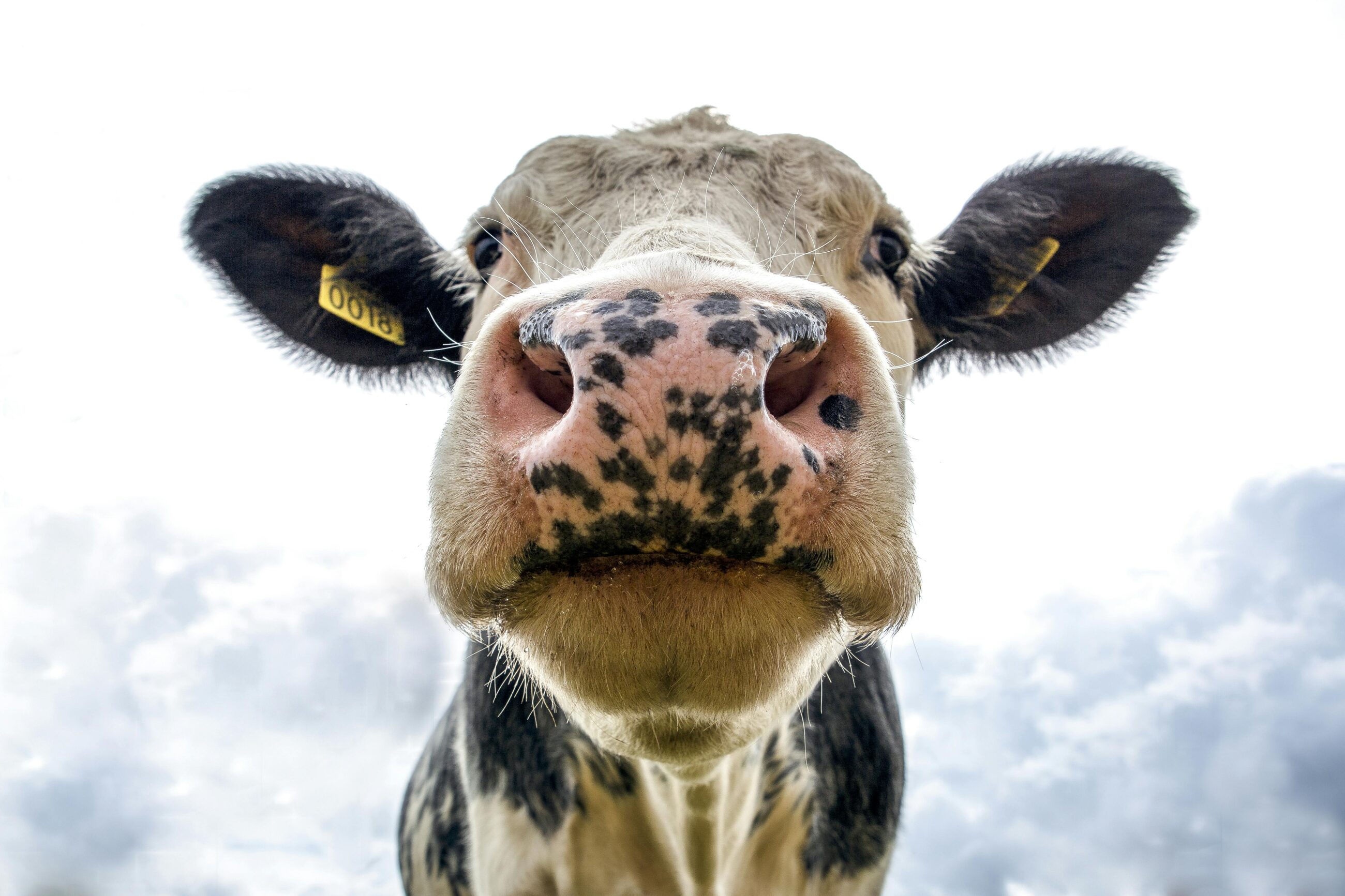
Embracing Sustainability: Exploring the Definition and Benefits of Sustainable Practices in Dairy Farming

